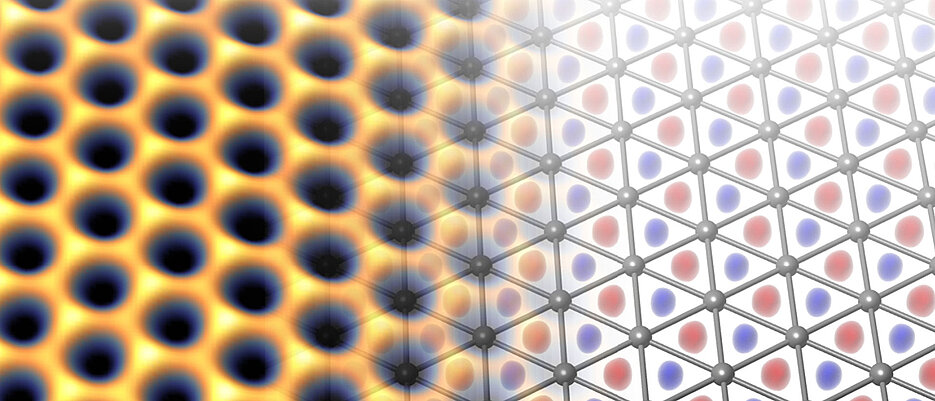Indenene: A Promising Two-Dimensional Material
What is Indenene?
Indenene is a conceptual two-dimensional (2D) material consisting of a triangular lattice of indium atoms. It is a hypothetical allotrope of indium, similar to how graphene is an allotrope of carbon. The unique structure of indenene gives rise to interesting electronic and mechanical properties, making it a promising candidate for various applications in nanotechnology.

Theoretical Predictions and Simulations
As a conceptual material, indenene has been extensively studied through theoretical calculations and computational simulations. These studies have provided valuable insights into the potential properties and behavior of indenene, guiding future experimental efforts towards its synthesis and characterization.
Electronic Properties
Theoretical studies predict that indenene may exhibit unique electronic properties, such as a Dirac cone band structure, high charge carrier mobility, and tunable bandgap. These properties make indenene a promising candidate for nanoelectronic applications, such as transistors, sensors, and optoelectronic devices.
Mechanical Properties
Simulations also suggest that indenene may possess excellent mechanical properties, including high strength, flexibility, and thermal conductivity. These properties could make indenene suitable for applications in flexible electronics, thermal management, and nanocomposites.
Synthesis and Characterization Challenges
One of the main challenges in realizing the potential of indenene is its experimental synthesis and characterization. As a conceptual material, indenene has not yet been successfully synthesized in the laboratory.
Researchers are exploring various strategies to synthesize indenene, such as chemical vapor deposition, molecular beam epitaxy, and exfoliation techniques. However, the synthesis of a stable and high-quality indenene lattice remains a significant challenge due to the reactivity of indium and the difficulty in controlling the growth process.
Once synthesized, the characterization of indenene will require advanced techniques, such as atomic force microscopy, scanning tunneling microscopy, and spectroscopic methods, to confirm its structure and properties.
Potential Applications
If successfully synthesized and characterized, indenene could find applications in various fields, including:
- Nanoelectronics: Indenene-based transistors, sensors, and optoelectronic devices.
- Flexible Electronics: Indenene as a flexible and transparent conductor for wearable and bendable devices.
- Energy Storage and Conversion: Indenene-based electrodes for batteries, supercapacitors, and solar cells.
- Catalysis: Indenene as a support material or catalyst for chemical reactions.
- Nanocomposites: Indenene as a reinforcement material for high-performance composites.
Challenges and Future Perspectives
The realization of indenene as a practical 2D material faces several challenges, including the development of reliable synthesis methods, large-scale production, and the integration of indenene into functional devices.
Future research will focus on overcoming these challenges and exploring the full potential of indenene. This will involve a multidisciplinary approach, combining theoretical simulations, advanced synthesis techniques, and comprehensive characterization methods.
As research progresses, indenene may open up new opportunities in nanotechnology, enabling the development of novel devices and applications that harness its unique properties.
Further Reading
Nature Communications, Achieving environmental stability in an atomically thin quantum spin Hall insulator via graphene intercalation
The Journal of Physical Chemistry C, Indium Epitaxy on SiC(0001): A Roadmap to Large Scale Growth of the Quantum Spin Hall Insulator Indenene
Nature Communications, Design and realization of topological Dirac fermions on a triangular lattice
